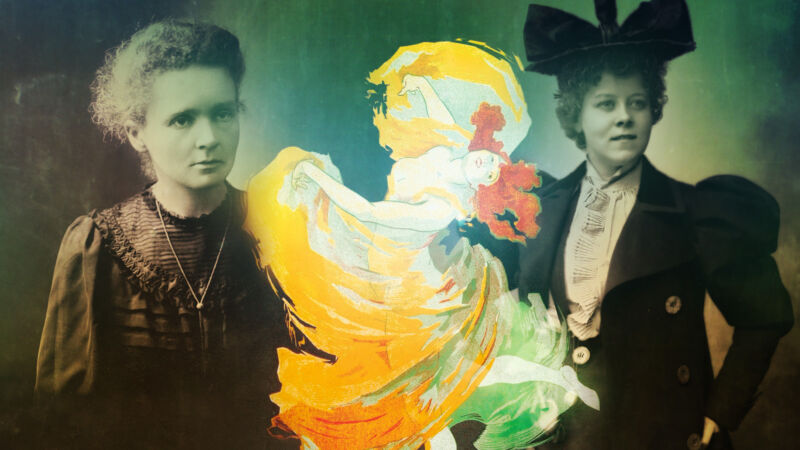Sadler’s Wells, London
Given its UK premiere by English National Ballet, Johan Inger’s new version of the Bizet story cuts out cliche and embraces the bleakness – albeit at the expense of some passion
Who is Carmen? A free-spirited lover, a woman bent on destruction, or a pragmatist using the only currency she has to get what she wants? In Johan Inger’s ballet, given its UK premiere by English National Ballet, it’s hard to say. She flirts (and more) with every man she passes, but merely for sport it seems. And it turns out this is not really Carmen’s ballet – she doesn’t even get a solo – and the story belongs to Don José (Rentaro Nakaaki), a man so tortured by the fantasy of a woman who will never love him that it leads him to murder her.
The bleakness only comes later though. It all starts out much warmer, with Bizet’s perky overture and the lively impulse and attack of the choreography. You feel a rush of energy as the women arrive, storming the stage with ruffled dresses and self-possession. Swedish choreographer Inger gives us limbs angled like arrows; deep, squat plies in second position followed by bodies zipped up on the vertical. There’s levity too and lots of floorwork, all handled easily by ENB’s agile dancers – not en pointe, but on point.
Inger likes a choreographic device, whether that’s the chorus-like figure of Francesca Velicu who stands outside the action, reflecting its hope and woe, or the ominous gang of black-clad and masked figures who sometimes manipulate the players. Among the various lovers Carmen (Minju Kang) takes, Erik Woolhouse’s Torero, soloing in front of a bank of mirrors in a sequinned bolero, might be her true match in the narcissist stakes. Woolhouse is good, hamming it up and throwing his body into the deep curves of the choreography.
The piece uses Rodion Shchedrin’s 1960s reboot of the Bizet score, with moody additions by Spanish composer Marc Alvarez. The stripped-back designs shift into darkness in tandem with the story, the Spanish cliches are cut out, and so is the passion. Inger’s is an interesting if emotionally hollow interpretation, focusing on Don José’s obsession and ruin. Inger’s intention was to explore violence against women, specifically men who kill their ex-partners, and there’s something in that. But perhaps we owe it to the woman in question to make her a three-dimensional character.
• At
Sadler’s Wells, London
, until 6 April
Continue reading...
chevron_right


